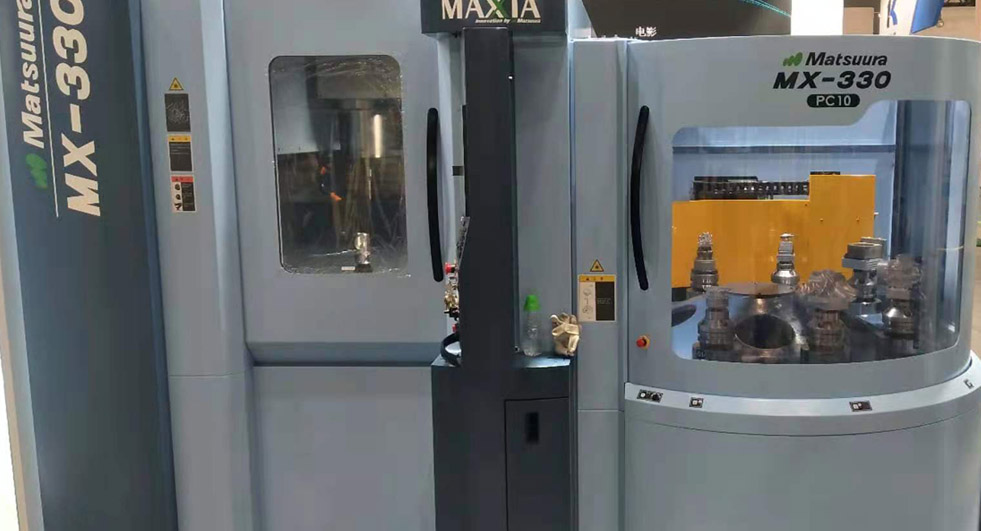CNC machining is the manufacture and processing of parts and products under computer control. Numerical control machining involves the use of computer numerical control (CNC) machine tools to process and adjust a piece of material (ie, a workpiece) by automatically removing excess parts of the material. Under normal circumstances, the material we will use is metal. When the milling is completed, the finished product or part has been produced. This process is also called subtractive manufacturing. In order to perform CNC machining better, computer applications are used to control the movement of the machine tool. The common processing technology types of CNC machine tools are milling and turning, followed by grinding and EDM.

In CNC milling parts, a rotating tool is used to move along 3, 4, or 5 axes on the surface of the workpiece. Basically, it is cutting or trimming the workpiece, which can quickly process complex geometric shapes and precision parts from metal.
In CNC turning machining, lathes are used to manufacture parts that contain cylindrical features. The workpiece rotates on the shaft and contacts the precision turning tool to form rounded edges, radial and axial holes, grooves and grooves.
CNC machining compared with traditional manual processing, CNC machining is faster. The computer code is correct and conforms to the design. The finished product has high dimensional accuracy and small error. CNC manufacturing can be used to manufacture end products and components, but it is usually cost-effective only in small batches and is an ideal rapid prototyping method.
Customized precision parts processing has certain requirements for product materials. Not all materials are suitable for CNC machining. For example, materials with low hardness do not need to be processed, and equipment with high hardness cannot be processed.
Multi-Axis CNC Machining
CNC milling uses rotating tools to remove material. Either the workpiece remains stationary and the tool moves onto the workpiece, or the workpiece enters the machine tool at a predetermined angle. The more moving axes of a machine, the more complicated the forming process and the faster the speed.
3 Axis CNC Machining
3 axis CNC milling is one of the most popular and used machining processes. In 3 axis machining, the workpiece remains fixed and the rotating tool cuts along the x, y, and z axes. This is a relatively simple form of CNC machining, which can manufacture products with simple structures. Not suitable for processing complex geometric shapes or products with complex parts.
Since it can only be cut on three axes, the processing speed may also be slower than four-axis or five-axis CNC machining, because the workpiece may need to be manually repositioned to obtain the desired shape.
4 Axis CNC Machining
In 4 axis CNC milling, the fourth axis is added to the movement of the cutting tool, allowing rotation around the x-axis. There are now four axes-x-axis, y-axis, z-axis and a-axis (rotation around the x-axis). Most four-axis CNC machine tools also allow the workpiece to rotate, which is the so-called b-axis, which can be used as a milling machine or a lathe.
If you need to drill holes on the side or cylindrical surface of the part, 4-axis CNC machining is the best choice. Speed up the processing process and high processing precision.
5 Axis CNC Machining
Compared with 4 axis CNC milling, 5 axis CNC milling adds a rotation axis. The fifth axis rotates around the y axis, also called the b axis. Workpieces can also rotate on some machines, sometimes called b-axis or c-axis.
Due to the high versatility of 5-axis CNC machining, it is used to manufacture complex precision CNC machining parts. Such as artificial prostheses or bone medical parts, aerospace parts, titanium alloy parts, automotive machinery parts, military products, etc.